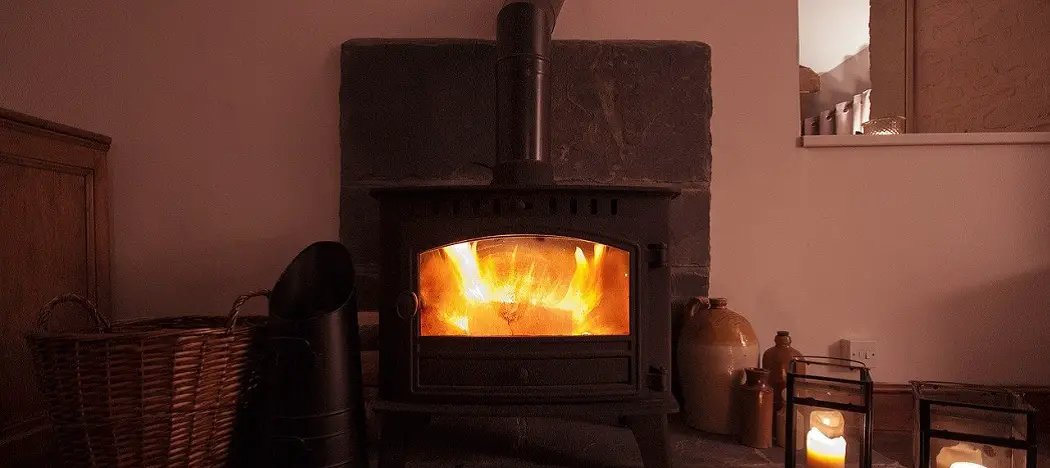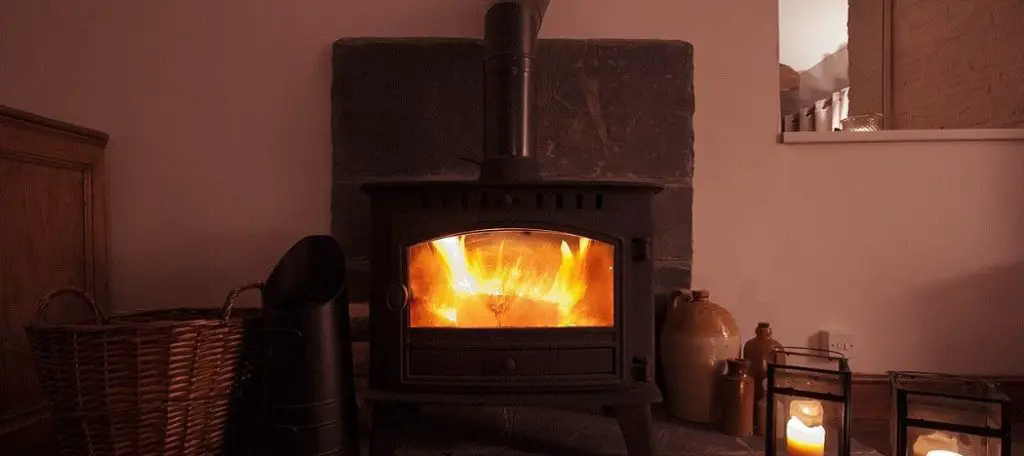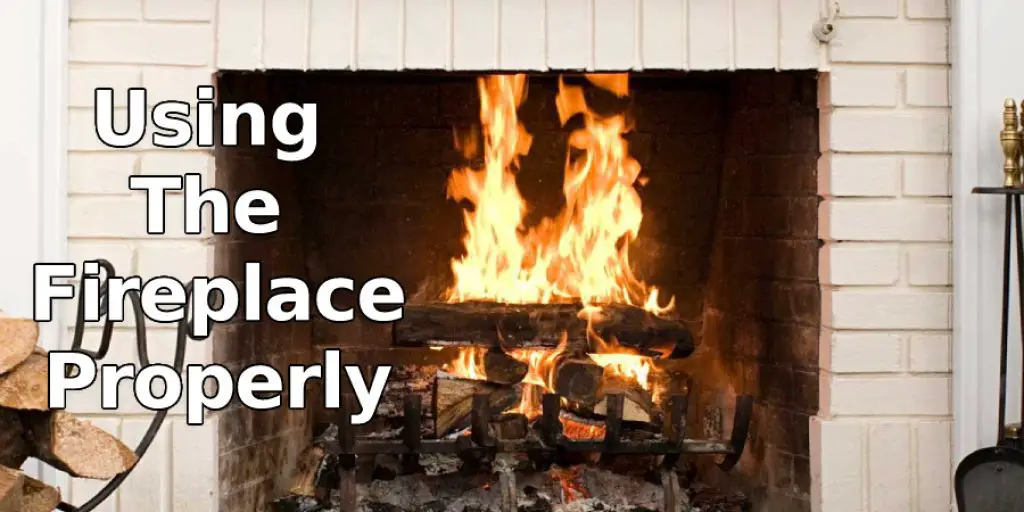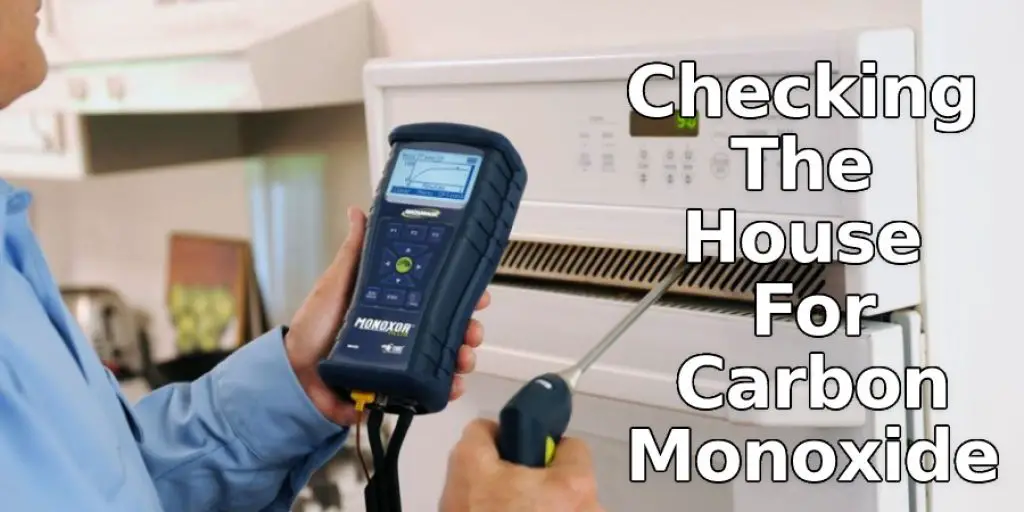How to Prevent Carbon Monoxide From Wood Stove

Wood stoves are a great way to stay warm during the winter months, but they can be dangerous if not maintained properly. The primary danger is carbon monoxide poisoning. Fortunately, there are some things you can do to prevent this from happening.

After using your stove, one of the first things you should do is open all of your windows for at least 15 minutes and make sure any gas appliances in your house are turned off before going to bed or leaving home.
You also need to make sure that your chimney is clean and well-maintained. It doesn’t release toxic gases into the air around you while you sleep or go about other activities such as cooking dinner on an electric stovetop. In this blog post, you’ll find everything you need to know about how to prevent carbon monoxide from wood stove.
10 Steps to Follow on How to Prevent Carbon Monoxide From Wood Stove
Step One: Read the Manufacturer’s Guidelines
Read through your stove owner’s manual and make sure you completely understand how your particular brand of wood stove functions. Then, if you have any questions or problems, contact the company and ask for assistance before turning on the appliance.
Step Two: Make Sure There Is Adequate Ventilation.
The heat from a wood-burning stove produces carbon monoxide that can collect and build up in the living space if not vented properly. Make sure there is adequate airflow for ventilation. Your chimney should be checked and cleaned annually to assure proper function and good airflow.
Step Three: Install a Carbon Monoxide Detector.
Carbon Monoxide detectors are essential when using any combustion appliance. These devices detect unsafe levels of carbon monoxide in the home and turn off the stove. If you have your wood-burning appliance serviced annually, ask if installing a carbon monoxide detector near the appliance is OK. Also, make sure a carbon monoxide detector is placed on each floor of your house.
Step Four: Use the Fireplace Properly
Open doors and dampers carefully to prevent back-drafting, which can draw smoke up the chimney instead of allowing it to escape through the flue. Always clean out ashes from an unused firebox or fireplace before closing its door. Keep the damper closed except when in use. To prevent back-drafting, build a small “wall” on dirt or fine ashes on the firebox floor.

Make this wall about six inches high and extend it toward the rear so that its front edge is even with the firebox opening under normal conditions. Keep a small window open a crack when the fireplace is in use.
Step Five: Use Seasoned Hardwood Properly
To prevent dangerous levels of carbon monoxide, always burn only proper-sized pieces of seasoned (dried) hardwood. You should split logs into pieces that are shorter than the distance from your elbow to the end of your outstretched fingertips. This size wood will produce a hot, quick fire. It will also produce less smoke and harmful gases than longer pieces of wood.
As a rule, don’t burn unseasoned fresh hardwood or green lumber. Also, avoid old painted or pressure-treated lumber and plywood that contains glue which can produce harmful gases if burned. And always make certain your flue is open before you build a fire, no exceptions! If you want to find out more about how to prevent carbon monoxide from wood stove, keep reading.
Step Six: Keep Your Wood Stove Clean
A dirty or neglected wood-burning appliance poses another danger – creosote buildup. Creosote, a flammable buildup of gases and particles, can accumulate in the chimney and on the inside of the stove. It can ignite and cause a chimney fire which will release large amounts of smoke and soot into your home as well as potentially set your house on fire.
Then, rinse them with clear water and dry thoroughly before adding wood to the firebox. For further creosote prevention, keep the stovepipe damper closed when not in use. This will reduce the amount of oxygen available for burning and help prevent creosote formation.
Step Seven: Use the Proper Type of Wood
Never burn garbage, trash, or any other unsuitable material in your wood stove – you could injure yourself and release harmful chemicals into the air. Also, do not burn treated lumber, plywood that contains glue, old painted or pressure-treated lumber, railroad ties, or creosote-treated telephone poles. These types of wood can release harmful chemicals when burned.
Never burn cardboard or paper on your stove unless it has been treated to make it fire-resistant. Paper products that are not properly treated burn at high temperatures, producing poisonous gases and leaving behind dangerous ash. Other products like rubber tires, plastics, fabric clothing, etc., produce dense black smoke and soot, which can accumulate in chimneys and on stoves.
How Do You Check Your House for Carbon Monoxide
Before you start worrying about how to prevent carbon monoxide from wood stove, check your house for carbon monoxide leaks. This is the number one step any person can take before stopping leakage themselves or calling a professional. Carbon monoxide can come into your house in three different ways: physically bonded to the particles in the air, fumes from oil, gas, or kerosene stoves, fireplaces, water heaters, clothes dryers, and any other combustion appliances.

There are also organic sources that produce carbon monoxide. When checking your house for carbon monoxide leaks, you should start in the basement or crawl space. The reason being is that the furnace typically vents down this area, so if there is a leak, it would be here. If you have any steam or hot water heating system that uses radiators, check the radiator hoses for leaks as well.
Frequently Asked Questions
Do You Need a Carbon Monoxide Detector With a Wood-burning Stove?
No, you do not need a carbon monoxide detector with a wood-burning stove. A CO detector is designed to detect and alert the homeowner of high levels of carbon monoxide in the home’s air supply.
A CO detector should be installed in every home as part of a safety precaution for potential emergencies such as fire or carbon monoxide poisoning. However, this does not mean that your fireplace needs to be monitored by a CO detector.
If you are unsure about how to install or use your CO detector, it is best to consult with an expert like one from our team at AirGuardz for further assistance.
Is a Wood Stove Bad for Your Lungs?
In order to answer this, we need to understand what a wood stove is.
A wood stove is a piece of equipment that heats your home by burning wood in an enclosed firebox. Wood stoves are often used in rural areas or remote locations where electricity may not be available.
In terms of health benefits, the smoke from a wood stove has many different types of particles and gases that can cause respiratory problems for those who are sensitive to these materials.
How Long Does It Take for Carbon Monoxide to Dissipate?
Carbon monoxide dissipates quickly. It takes only about 30 minutes for carbon monoxide to leave the body and fully dissipate in a healthy adult, although it can take up to 24 hours in infants and small children.
Will Opening Windows Get Rid of Carbon Monoxide?
No, it will not. Opening windows will not get rid of carbon monoxide and is not recommended in the event of a CO leak.
Carbon monoxide is toxic to humans and can cause death or serious injury if inhaled. Carbon monoxide poisoning usually starts with headaches, dizziness, weakness, and confusion which may progress to loss of consciousness and death.
In the event that you suspect carbon monoxide has been leaking into your home or business from a car engine or other source, please contact your local fire department for immediate assistance.
Can I Complain About My Neighbours Wood Burning Stove?
Yes, you can complain about your neighbors wood burning stove. However, if they are not following the law and it is causing a nuisance to you or your family, it is possible to take them to court.
However, if the problem has already been solved and there is no legal action, do not bother complaining because this will only create more problems.
Conclusion
The best way to prevent CO is by installing a CO detector near the woodstove. In addition, carbon monoxide detectors are typically available at hardware stores or home improvement stores.
If your house already has a carbon monoxide alarm installed in another area of the building, make sure it’s adequately ventilated so that air drawn into the system isn’t contaminated with dangerous levels of carbon monoxide gas before being circulated through other parts of your property. It may be time for an upgrade anyway! Installing a detector near your wood stove is typically the best place to get accurate readings.
Check it out also – How to Circulate Heat From Wood Stove .








